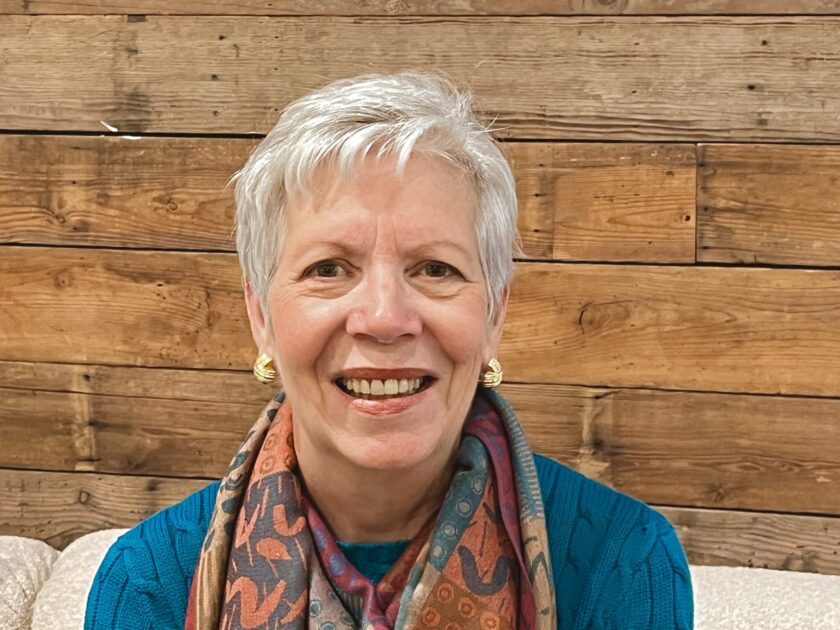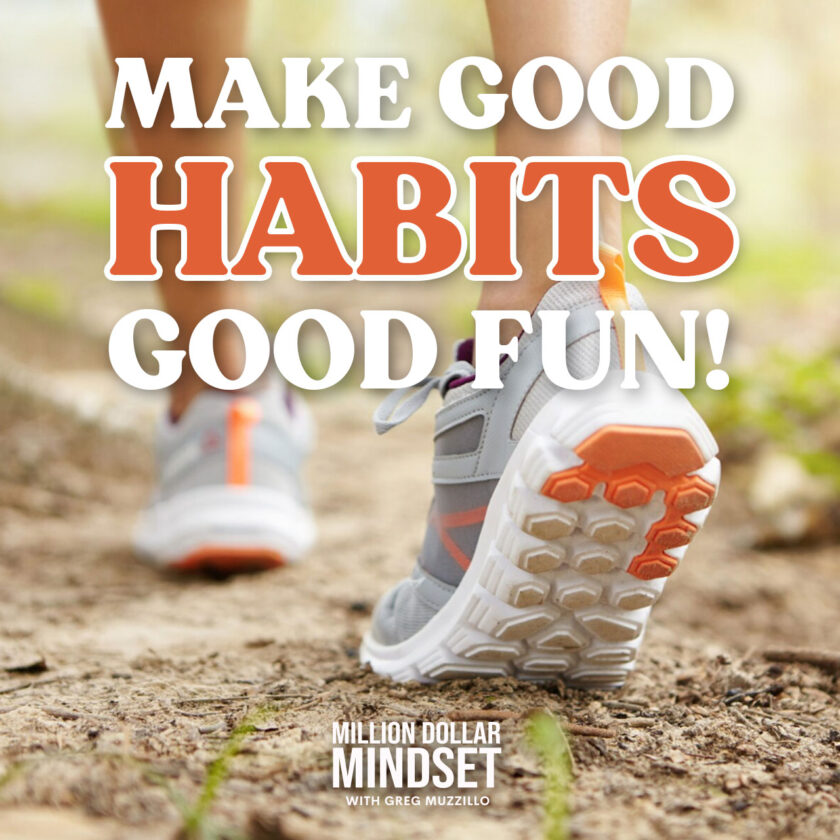There’s nothing quite like meeting a colleague or client in person after emailing, video chatting, or talking on the phone for months or even years (thanks, COVID-19). While all of us are well-versed in staying connected digitally, there’s something to be said about attending industry events, getting to see and feel promotional products, and networking with like-minded individuals in an in-person setting.
Whether that’s large industry trade shows or smaller, more intimate settings like one-on-one meetings, industry events and regional associations offer distributors unique opportunities that a phone call or Zoom meeting can’t.
The Pros of In-Person Networking
While networking online has its perks of anytime, anywhere, “in person is always better,” according to Rachel Wright, account manager at Leaderpromos Marketing Agency and president of New England Promotional Products Association’s board of directors.
For Leaderpromos, one of the pros of in-person events is engaging with local sales reps and leadership and meeting new team members of supplier partners.
“It’s a great way to expand your knowledge and contacts within a supplier,” Wright adds. “Having your rep’s boss’s contact info is helpful when you need to give credit when credit is due. On the other hand, sometimes it is necessary to be able to run things up the ladder. Having that frame of reference, ‘Hey, we met last month at the NEPPA show, my rep is the best, but I may need to escalate my situation. Is there any way you can investigate this for me?’”
Sometimes these types of conversations are better had in person, and the more contacts you can make with a supplier, the better. After all, the promotional products world is a “relationship-based industry,” says Nicole Stachowicz, sales account executive at AIA Corporation and vice president of Northwest Promotional Marketing Association’s board of directors. “Nothing will replace those in-person interactions. Being able to bring your client to a show to feel and touch sells products faster than suggesting items from a website. Plus, having a stronger relationship with your supplier contacts is a true advantage.”
Lexy Olisko, vice president, expositions, PRINTING United Alliance, agrees, saying in-person events offer the chance to build stronger connections and sometimes accidental ones.
“You are able to better read body language; you can pick up on the vibe and social cues around you,” Olisko says. “Also, you have a greater likelihood of instantaneous connections with people you might not have met through a scheduled virtual meet-up. You don’t get the ‘drive-by’ conversations in a booth that in-person events allow if you are doing a virtual event. … Sometimes the best connections come from talking to the person next to you in line for a coffee. Virtual doesn’t allow for that.”
Keep in mind, in-person events aren’t just about connecting with exhibitors or suppliers either. There’s plenty of opportunity to build your network of fellow distributors and printers, who can in turn become valuable partners. And while selling may not be your priority at an in-person buyer event or trade show, that’s not to say leads won’t come. A supplier or peer might refer you to someone they know, and nuggets like that often come from those in-person conversations and just getting to know those in the industry.
“You can meet people that do what you do, are looking for the same solutions you are, have the same challenges you are having,” Olisko says. “You can network with people that have been in the industry longer than you and can provide insight into their experiences. You might also meet someone who could benefit from your knowledge and experience. By getting together as a collective industry at one time, everyone benefits and the overall printing industry benefits as well. We all get better at what we do and what we can offer our customers.”
Networking Strategies
To ensure you walk away from an event with a larger network of peers and partners, there’s a right way to approach it.
Talk with everyone — not just exhibitors.
“You will not only learn about strategies and new technology, you will meet people with the same interests,” Olisko says. “Say hi to people on the bus on the way to the convention center. You never know who you might meet! … Our members love to network! Don’t be a stranger. Your next mentor or close colleague could be standing next to you on the escalator.”
Keep your clients in mind. Stachowicz tells distributors to be on the lookout for ideas for client projects. Don’t be shy to ask an exhibitor or supplier about the latest and trending products to get new ideas. Ask what their customers are doing with their products, and you may get inspiration. Simple conversations can turn into big ideas.
Consider volunteering.
“If you have time, get involved, and serve on the committee,” Wright suggests. “But we’re all busy and you say, ‘I don’t have time for that.’ If you don’t have time for that, get there early and stay late. Ask your favorite vendor if they need a hand getting their stuff to their car. The committee needs help collecting signage and cleaning up.”
The success of these strategies comes down to setting a game plan for the event. The worst thing you can do is go in unprepared and unaware of who’s going to be there. You want to maximize your opportunities and ROI, especially when you’re taking time away from your business. With events offering more than just a list of exhibitors, there’s plenty to consider. Map out your plan and pencil important meetings, sessions, and after-hours events into your calendar.
“Be sure to review the education sessions offered and attend the ones that you are passionate about or the ones that may get you out of your box,” Stachowicz suggests. “Fresh ideas equal motivation for you and your clients.”
Similarly, you don’t want to miss the exhibitor list for trade shows and events. Olisko tells attendees to mark must-sees, want-to-sees, and nice-to-sees and use event tools like digital planners. This can help you prioritize your list, and ensure you make those top-line connections.
Wright agrees that prioritization is key. You may not get to make all the connections and see all the products you want, so she suggests pairing things down.
“We all have multiple clients, and if you go to the show trying to find something for every client, chances are you won’t find anything specific for any client,” she advises. “Pick three projects — not ones with immediate in-hands dates. Pick a few anniversary orders; make a note of what your client did last year, maybe the year before; what was the sell and the quantity. What went well? What went wrong? Look for a few items to present for these orders.”
Having conversations with those clients and projects in mind can result in major event success. It’s a win if you’re able to go back to clients as a more knowledgeable partner with solutions. It’s a bonus if you’ve made lasting connections along the way.
The Power of the Follow-Up
The event has passed, and you’re decompressing from all the interactions and connections you made. Now what? Networking is nothing without a follow-up. Sit down, and go through the business cards you collected, notes you took, and handouts you saved. Make a point to email each person you want to stay connected with and remind them you met at so and so event. To jog their memory, you can mention something specific from your interaction, so they can make the connection.
“If it is a fellow distributor/printer, maybe suggest a time to catch up in the future?” suggests Olisko. “If they happen to be close to you geographically, maybe suggest the two of you grab lunch and share insights?”
Beyond email exchanges, LinkedIn is a great place to stay connected, Stachowicz says. While email and Zoom work well for doing business, LinkedIn is a place for show-and-tell. People share what they’ve been up to, what industry events they’re attending, and the latest projects they’re proud of. It’s a sea of inspiration.
And in case you haven’t already noticed, Wright is a big fan of approaching tasks or challenges in threes.
“I always feel like three is manageable,” she shares. “Send three follow-up emails. Pick three suppliers and email them and thank them for being at the event. They will appreciate the feedback and remind them of the project (one of the three) that you are working on.”
These follow-ups can turn into long-term relationships, and maybe you’ll build traditions for events you both attend in the future, like going to dinner or meeting up for a run. As we said, this industry is built on relationships, so doing what you can to foster those connections is key.



